A bit more progress inside the Harpoon lately. First was making the radar station more complete. The APS-3 modulator was fixed up and mounted on the floor forward of the radar ops station. The fins were bent up pretty badly but they straightened out okay. The unit is not in the best of shape inside so a better one is on the list to get the APS-3 operational. Anyone have any AN/APS-3 parts especially connectors?
Here is the modulator in its original location
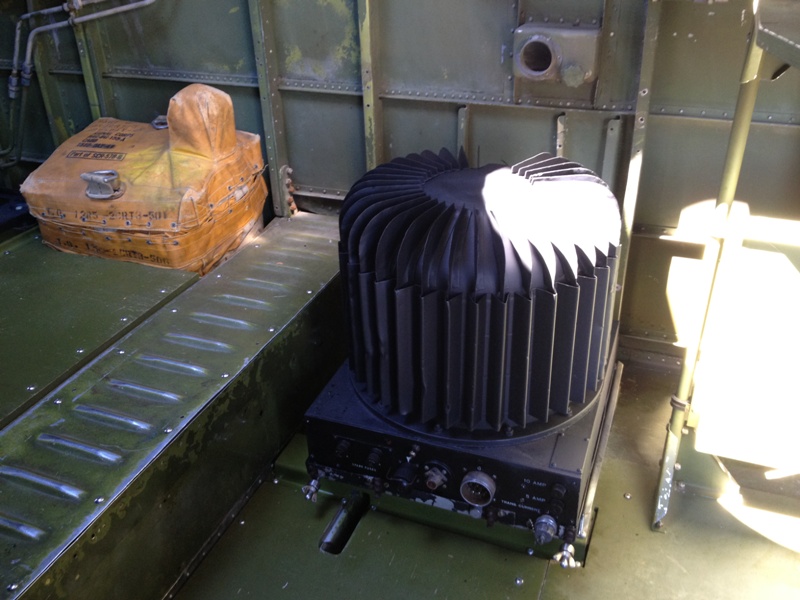
This modulator came from the Pima Air Museum radio pile about 30+years ago and it has a special guard mounted on the front panel. This guard is unique to the PV-2 as it prevented the connectors from being damaged while air and ground crew walked by the set near the foot path in the main cabin or mid body. This means that this modulator was actually mounted in a Harpoon in an earlier life. The guard was painted red just like it is now. Nice of the Harpoon interior designers to add a splash of color accents such as these. Also the PV-2 feng shui is in constant flux with the addition of these kinds of disturbances

The air vent just above the modulator was for a canvas cooling cap that fitted on the top of the unit.
I dug into the storage hangar for a crate of radar gear to pull a non radar APN-4 loran set.
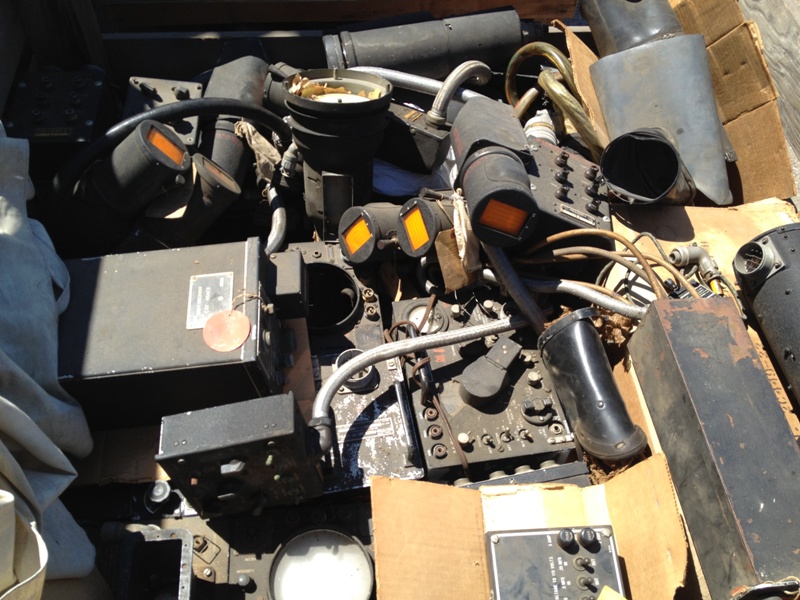
The APN-4 was a two part set with a receiver and an indicator. The receiver mounted on the catwalk under the navigators seat. More things to trip over and bleed on. As the aircraft fills up with its original equipment it sure gets crowded. Most every aircraft in WWII especially the bombers were crammed full of gear like this and walking around required you to be a contortionist to not snag your clothing or slice your skin right through your clothing. Its happening more and more to us that's for sure which is what has prompted our new rule: NO BLEEDING ON THE AIRCRAFT PLEASE!
Here is the APN-4 loran receiver
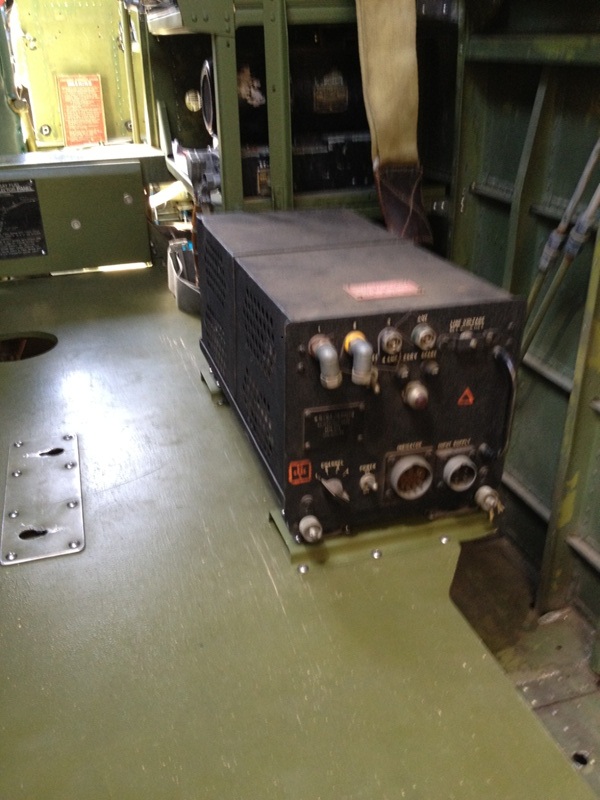
And the loran indicator to be mounted near the navigators station as soon as I can make the rack for it
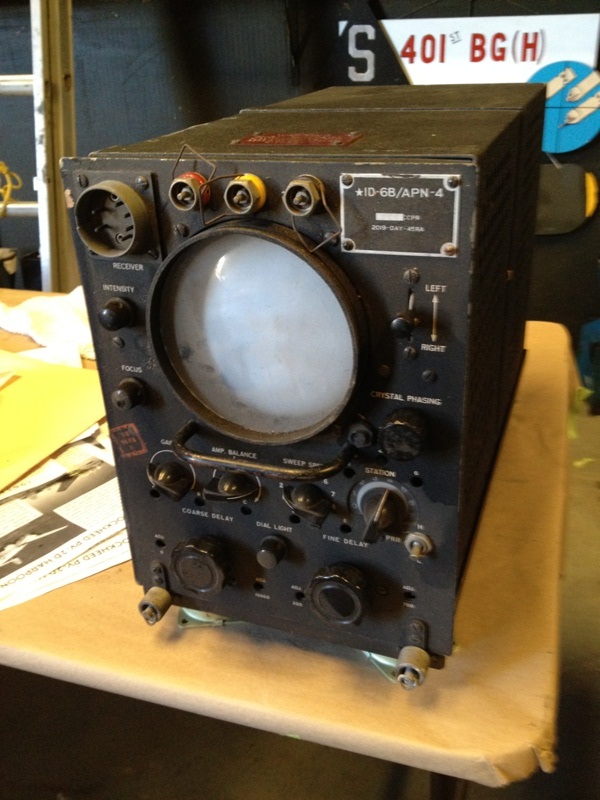
Hey Scott, see anything familiar in the background?
The next project was to fabricate the mount channel under the radar ops window. This channel was the support for the APX-2 control box, an electrical panel and an AIA-2A intercom station box.
The bracket is cut, bent and the lightening and mounting holes punched then the nut plates are riveted in place
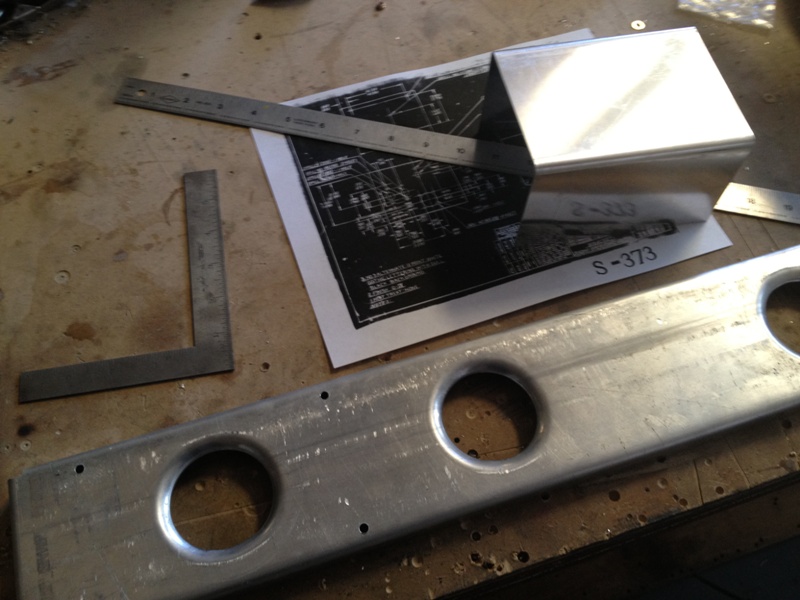
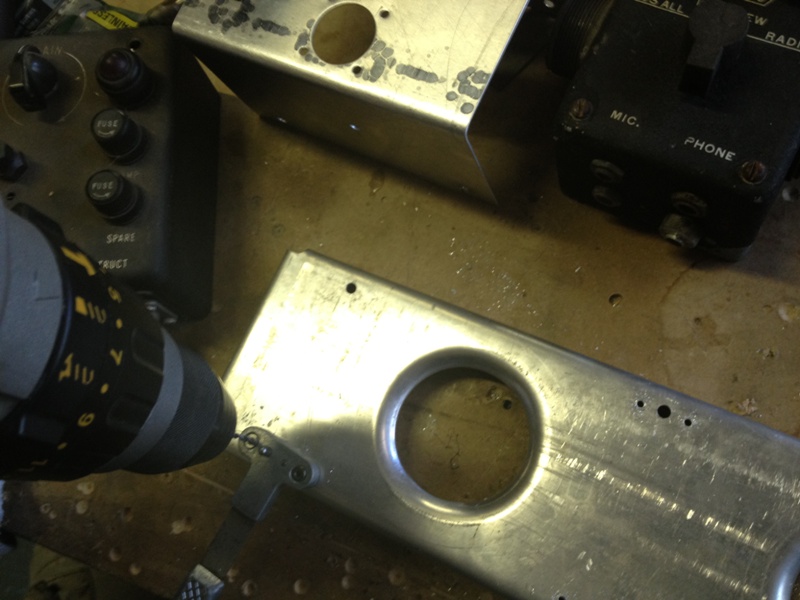
The control panel was fabricated and the channel fitted to the existing mounting holes in the bulkheads
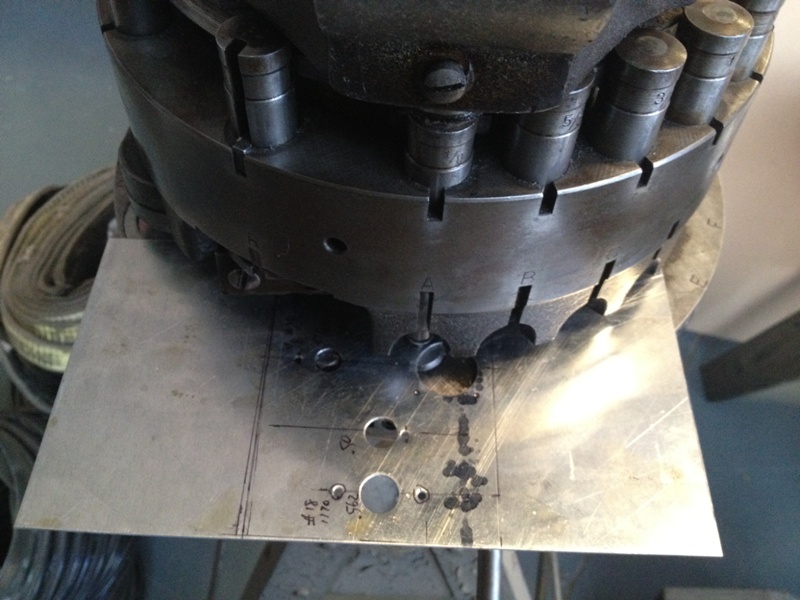
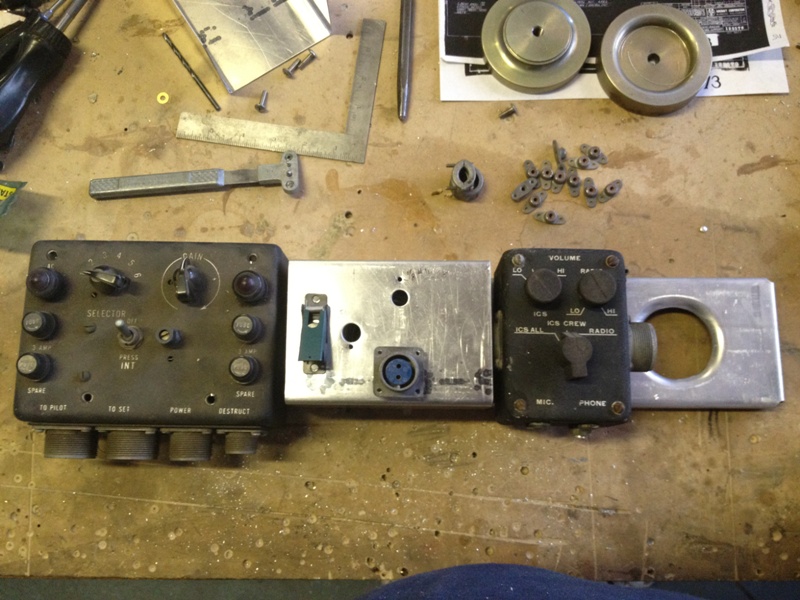
The boxes are cleaned up and fitted to the painted channel. This is the C-56A/APX-2 control head for the IFF set.
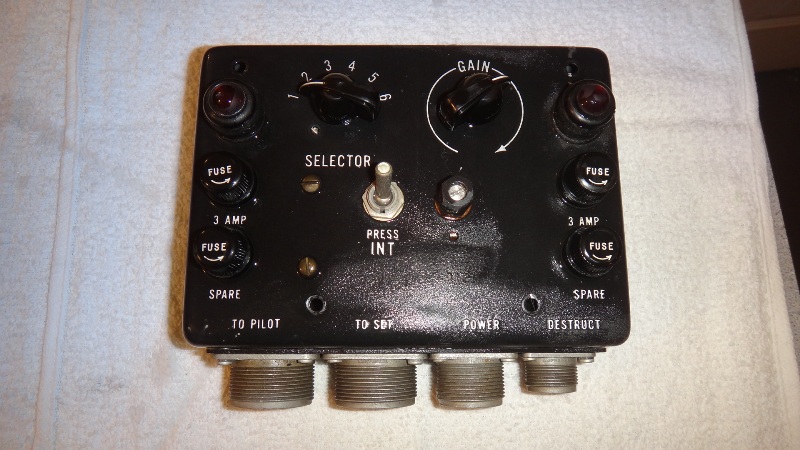

The wiring inside is just as beautiful as it was the day it was manufactured. A work of art to me
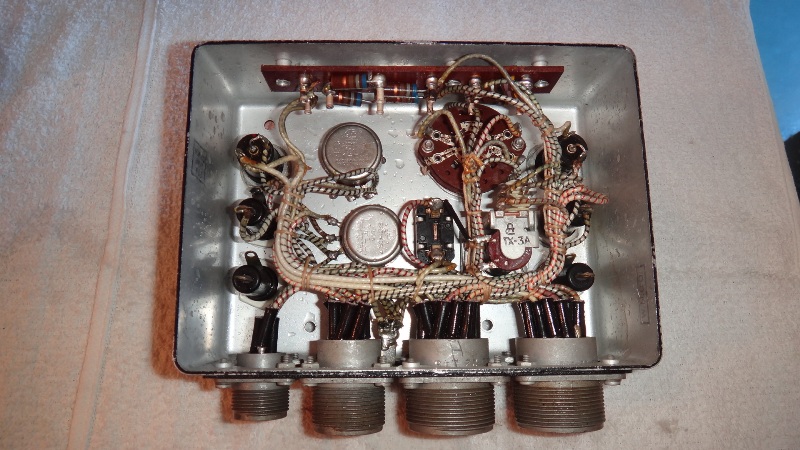
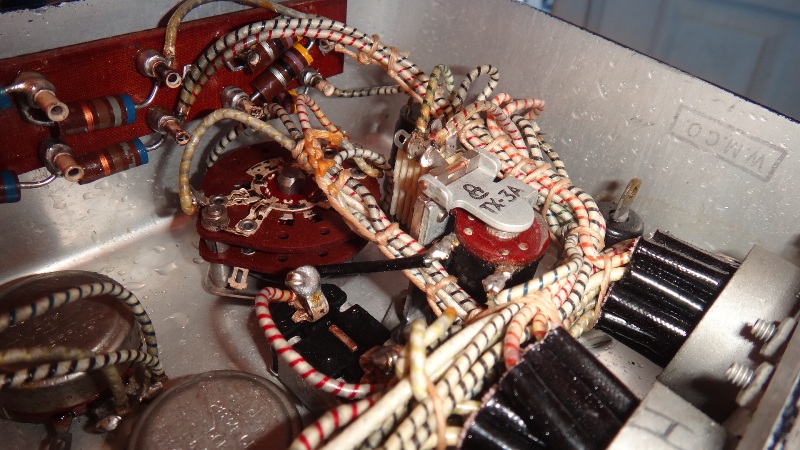
The IFF or Identification Friend or Foe and was an early transponder that would send out interrogation signals to other aircraft and ships. The interrogated set would respond with the code of the day and would then be identified as a friendly aircraft. No code of the day or the incorrect code would get you labeled as a foe and a not so friendly reception.
The IFF was tied into the radar and other equipment which would present the coded replies on the radar screen.
Then I fabricated the mount for the azimuth calibrator for the radar. Besides the antenna in the nose and the wiring harnesses this is the last part of the radar set and it makes the radar station complete. This control was identified by a WIX member who alerted me to it on eBay and the seller was kind enough to give me a great price on it and end the auction early. Lots of people helping in many different ways sure helps this project come together nicely. It really is a community project
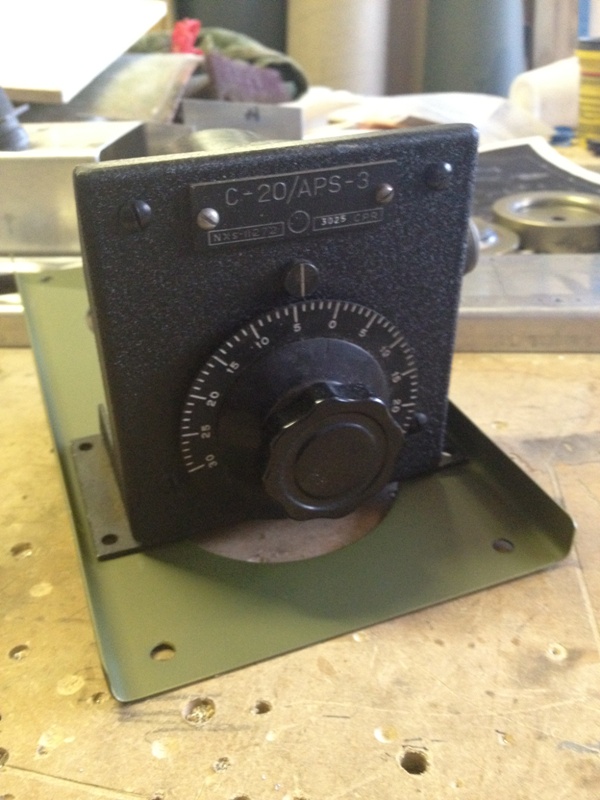
The last part to make the radar station more complete
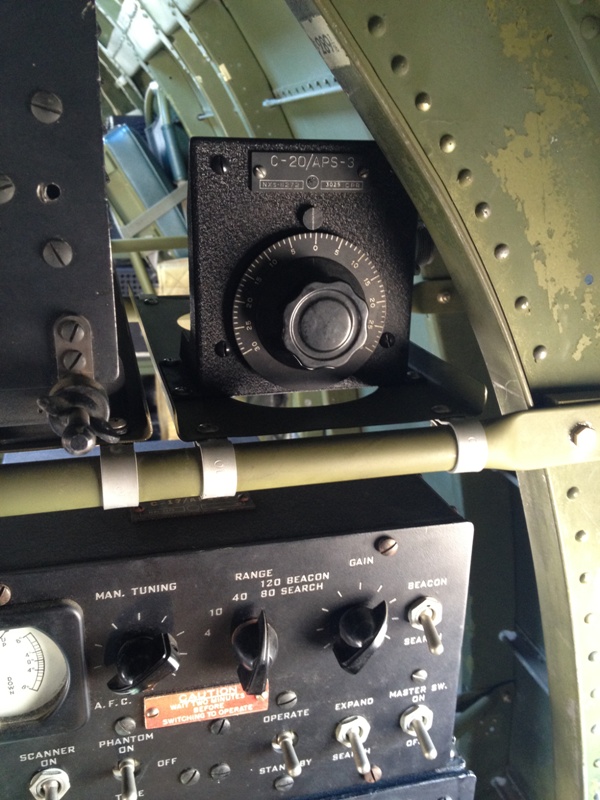
Also installed was the indicator for the AN/APX-8 system. The scope sits right next to the APS-3 scope and gives detailed information about the IFF returns and their relative bearing. Lots going on at this station
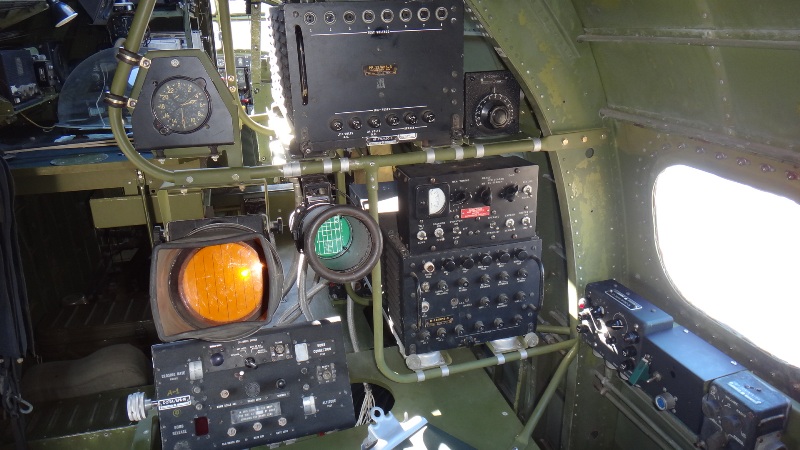
Jon came up last weekend and donated his whole Saturday. He is an electrical engineer who tackled the azimuth drive problem on the Martin 250CE turret. He dove right in to it and soon identified that the azimuth drive motor was kaput and we pulled a replacement from storage. Changing the drive motor required pulling the gear box and manual crank handle assembly as a unit. Not an easy task to do this while bending around the turret seat and armor plate. He prevailed and the azimuth part of the turret is working beautifully. Sorry I didn't get a photo of Jon at work but I will post a video of his efforts soon. Thanks Jon!
_________________
To donate to the PV-2D project via PayPal click here
http://www.twinbeech.com/84062restoration.htmWe brought her from:

to this in 3 months:

Help us get her all the way back

All donations are tax deductible as the Stockton Field Aviation Museum is a 501c3 nonprofit organization. Tell a friend as the Harpoon needs all the help she can get.
Thank you!
Taigh Ramey
Vintage Aircraft, Stockton, California
http://www.twinbeech.com'KEEP ‘EM FLYING…FOR HISTORY!'




